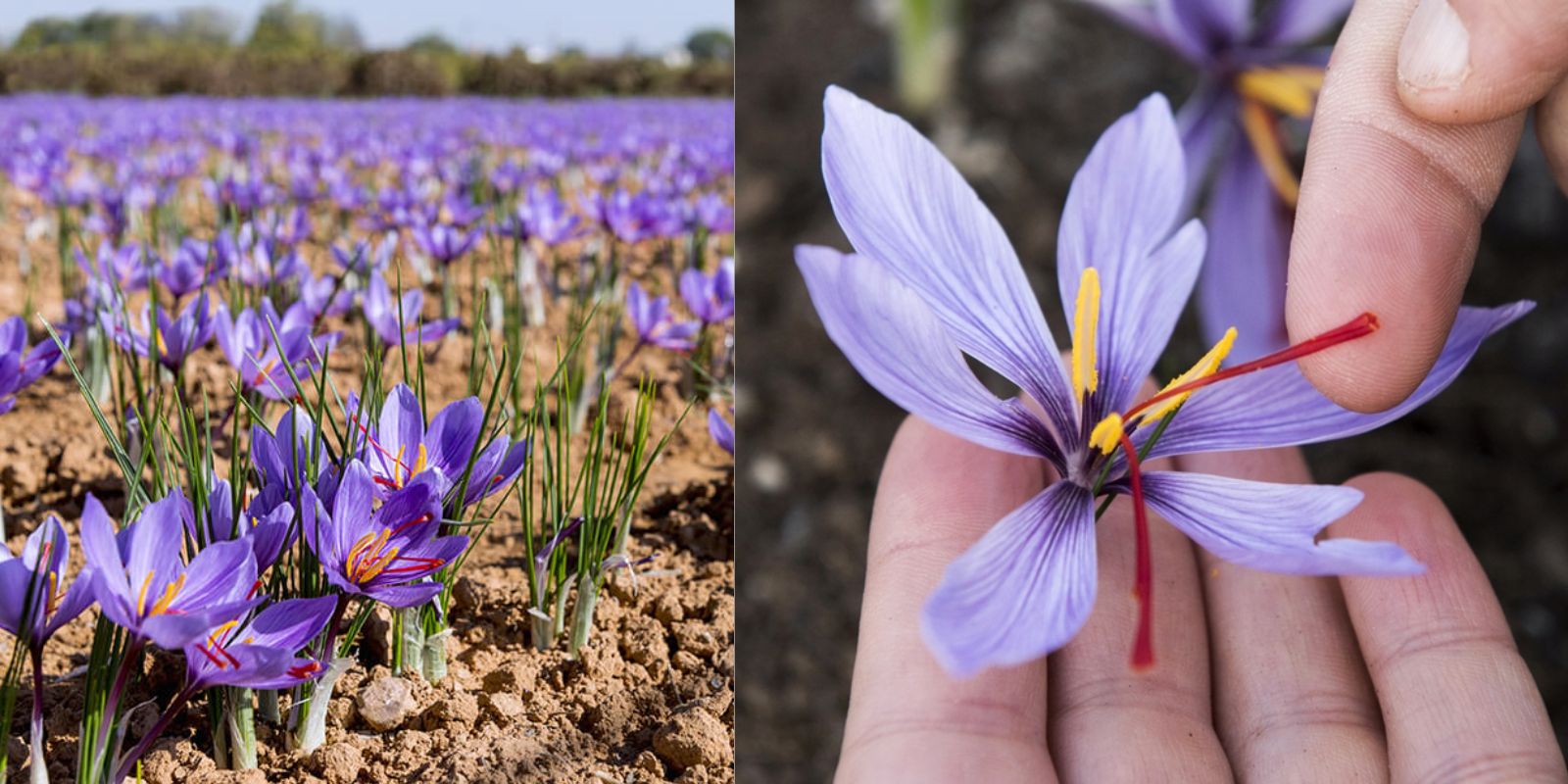In the world of agriculture and gardening, making the most out of your land is crucial for both hobbyists and commercial growers. By choosing crops that are not only in high demand but also yield significant profits, you can transform your gardening efforts into a lucrative venture. This guide dives into five of the most valuable crops you can grow in the US, offering insights on why they are profitable, how to grow them, and tips for maximizing their potential.
1. Microgreens: Nutrient-Packed Powerhouses
Microgreens are the young, tender shoots of vegetables like kale, arugula, and radishes. These tiny greens pack a punch in terms of nutrients and flavor, making them a favorite in gourmet kitchens and health-conscious households.
Why They’re Valuable:
- High demand in restaurants and farmers’ markets.
- Quick harvest time, usually within 10–21 days.
- Minimal space and resources needed for cultivation.
How to Grow Microgreens:
- Choose seeds suitable for microgreens (e.g., sunflower, broccoli, or cilantro).
- Use a shallow tray with good drainage and fill it with a quality growing medium.
- Scatter seeds evenly, mist with water, and cover with a lid until germination begins.
- Place the tray in bright, indirect sunlight and water regularly.
- Harvest when the plants are 1–3 inches tall.
Pro Tip: Rotate crops to ensure a continuous supply and experiment with mixes for unique flavors.
2. Saffron: The “Red Gold” of Spices
Saffron, derived from the stigma of Crocus sativus flowers, is one of the world’s most expensive spices. Growing saffron requires patience and meticulous care, but the rewards are unmatched.
Why They’re Valuable:
- Saffron can sell for up to $5,000 per pound.
- Its high value is due to labor-intensive harvesting and processing.
- Versatile uses in culinary and medicinal applications.
How to Grow Saffron:
- Plant saffron bulbs (corms) in the fall in well-drained soil with full sun exposure.
- Space the corms 3–4 inches apart and cover lightly with soil.
- Water sparingly to avoid rot, and ensure a dry climate for optimal growth.
- Harvest the red stigmas by hand once the flowers bloom.
- Dry and store the threads carefully to maintain quality.
Pro Tip: Start small and scale up as you gain experience with this delicate crop.
3. Garlic: A Versatile and Lucrative Crop
Garlic is a staple in kitchens worldwide, and its ease of growth makes it a favorite among both backyard gardeners and commercial farmers. Hardneck varieties are especially profitable due to their unique flavor profiles.
Why They’re Valuable:
- High demand in culinary and medicinal markets.
- Low maintenance and suitable for various climates.
- Long shelf life and storage capabilities.
How to Grow Garlic:
- Choose quality garlic cloves from a reputable source.
- Plant in well-drained soil during the fall, spacing cloves 4–6 inches apart.
- Mulch to protect the crop from frost and retain soil moisture.
- Water regularly, especially during dry periods.
- Harvest when the leaves turn yellow and dry; cure the bulbs before storage.
Pro Tip: Market garlic braids or specialty varieties like black garlic for premium prices.
4. Lavender: A Fragrant and Hardy Choice
Lavender is more than just a beautiful addition to gardens—it’s a multi-purpose crop used in aromatherapy, skincare products, and culinary creations. Its drought-resistant nature makes it an eco-friendly choice.
Why They’re Valuable:
- High market value for essential oils and dried bundles.
- Low water and maintenance requirements.
- Long-lived perennial plant with consistent yields.
How to Grow Lavender:
- Select a sunny location with well-draining soil.
- Plant lavender in rows, spacing plants 18–24 inches apart.
- Water sparingly and prune annually to encourage growth.
- Harvest flower spikes when they’re in full bloom for the best fragrance.
- Dry the flowers for sachets, oils, or bouquets.
Pro Tip: Invest in a small distillation setup to produce lavender essential oil for higher profits.
5. Mushrooms: Gourmet Gold
Mushrooms like shiitake, oyster, and lion’s mane are prized for their unique flavors and health benefits. With controlled conditions, mushrooms can be grown year-round, making them a consistent income source.
Why They’re Valuable:
- High demand in gourmet and health food markets.
- Small growing space required, even indoors.
- Short growth cycle, with some varieties ready to harvest in weeks.
How to Grow Mushrooms:
- Choose a suitable growing medium, such as hardwood logs for shiitake or straw for oyster mushrooms.
- Inoculate the medium with mushroom spores or spawn.
- Maintain proper humidity and temperature conditions in a shaded or indoor space.
- Harvest mushrooms when they reach the desired size, ensuring clean cuts.
- Package and store carefully to maintain freshness.
Pro Tip: Market mushrooms as fresh produce or dehydrate them for a longer shelf life.
Tips for Maximizing Profitability
- Know Your Market: Research local demand and pricing to identify the most profitable crops in your area.
- Value-Added Products: Consider turning your crops into higher-value items, like lavender oils or garlic powder.
- Sustainable Practices: Use eco-friendly methods to reduce costs and attract eco-conscious buyers.
- Small-Scale Start: Start with a small plot to test your skills and gradually expand.
- Direct Sales: Sell at farmers’ markets, local stores, or online platforms for higher margins.
Conclusion
Growing high-value crops like microgreens, saffron, garlic, lavender, and mushrooms is an excellent way to maximize the potential of your garden or farm. Each of these crops offers unique advantages, from quick harvest times to exceptional market demand. With proper planning, care, and marketing strategies, you can turn your gardening passion into a profitable venture.
Start small, grow smart, and watch your efforts pay off in both satisfaction and profit. Happy planting!
#HighValueCrops #ProfitableGardening #SmartFarming #GrowAndEarn #SustainableGardening #GardeningGoals #FarmingSuccess #GardenHacks

